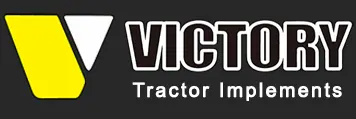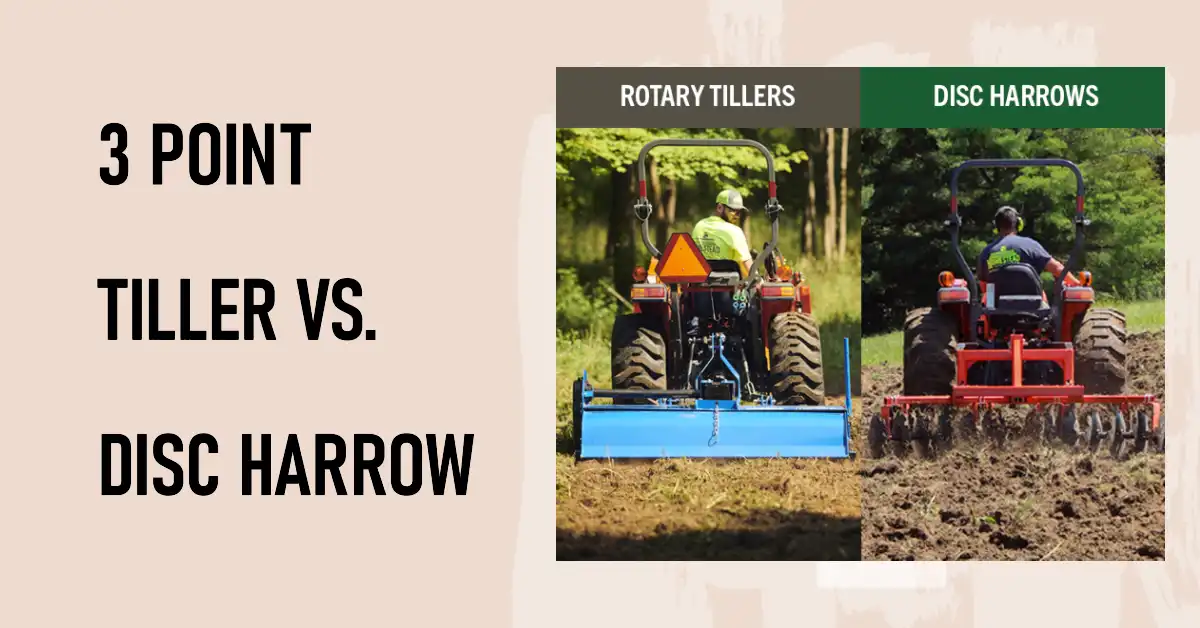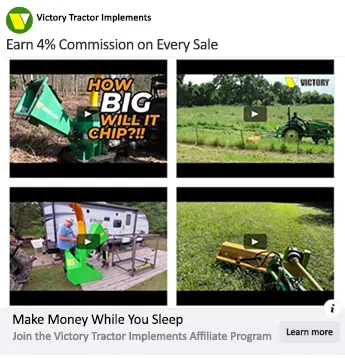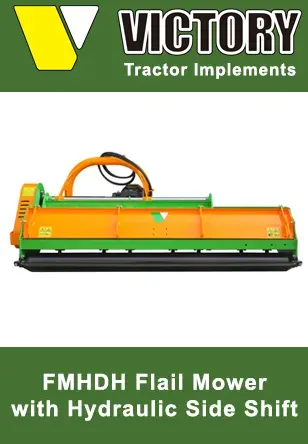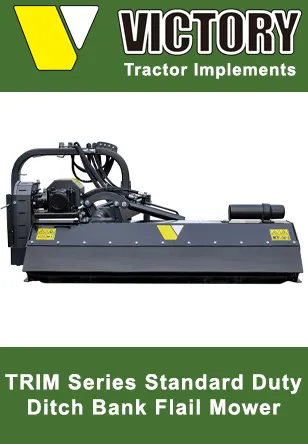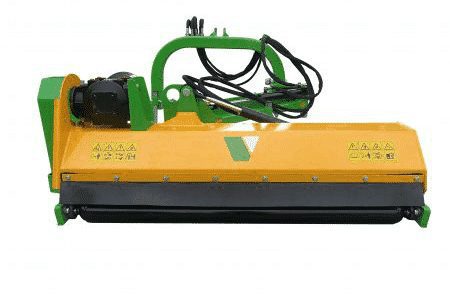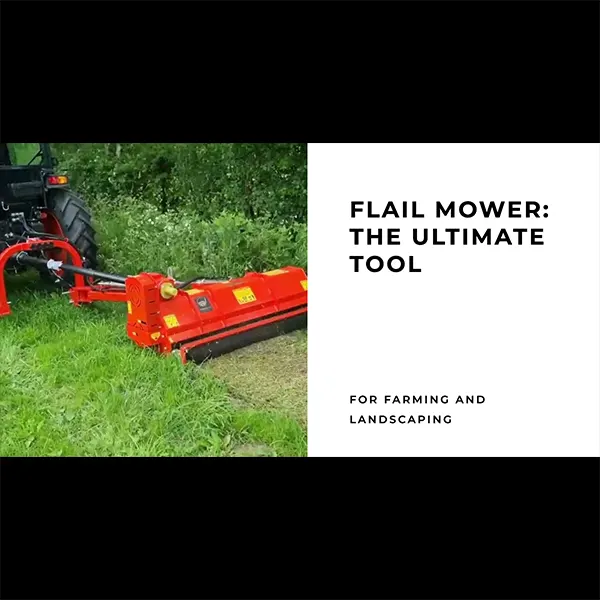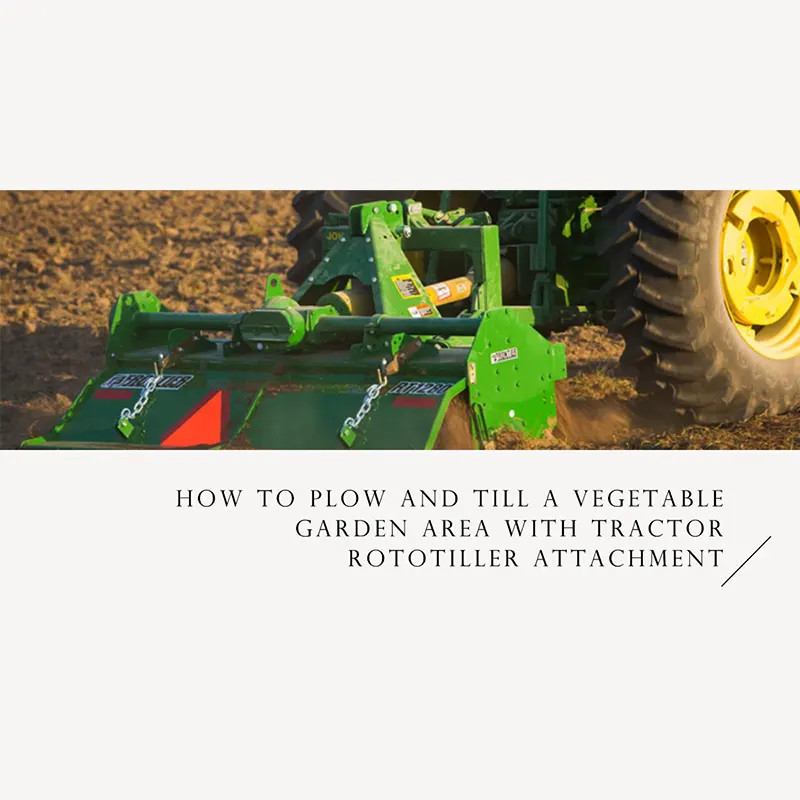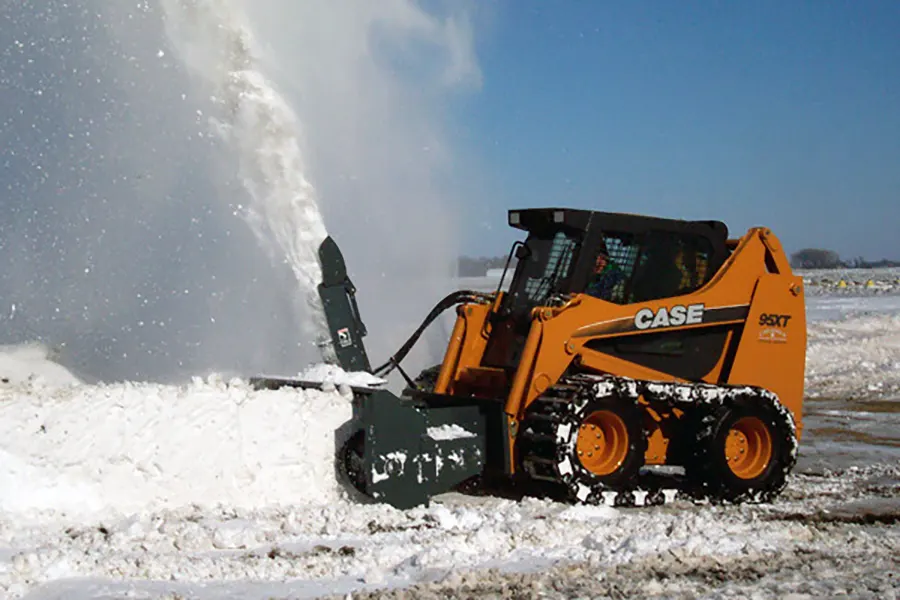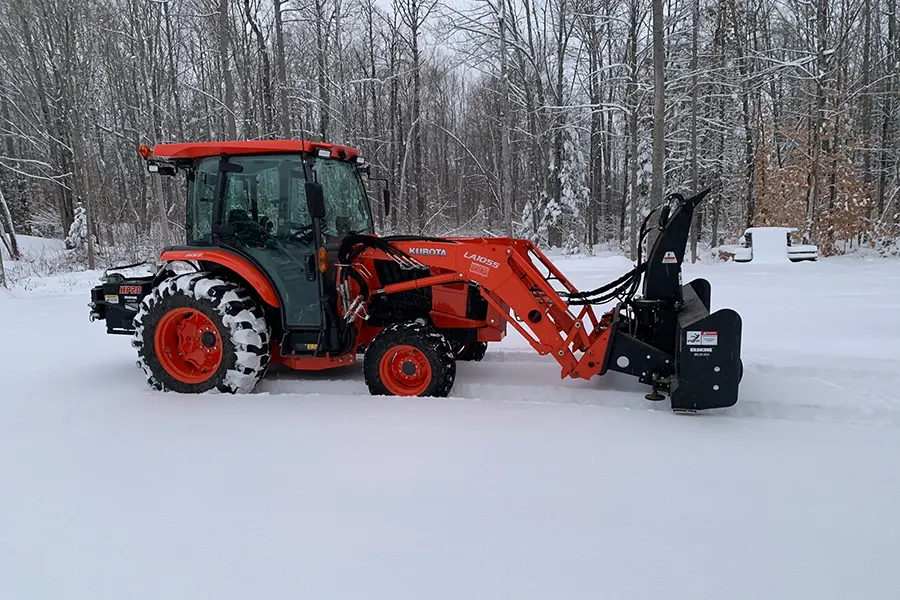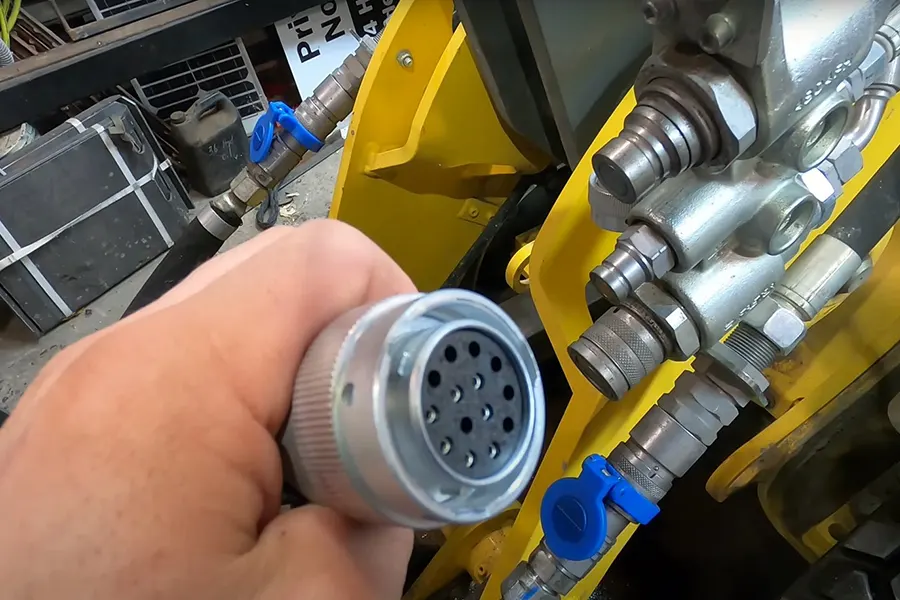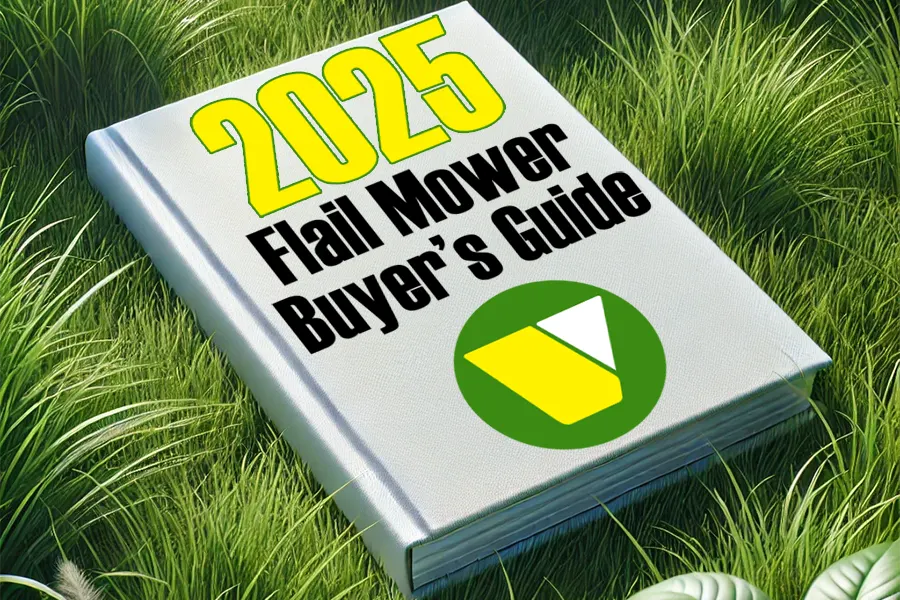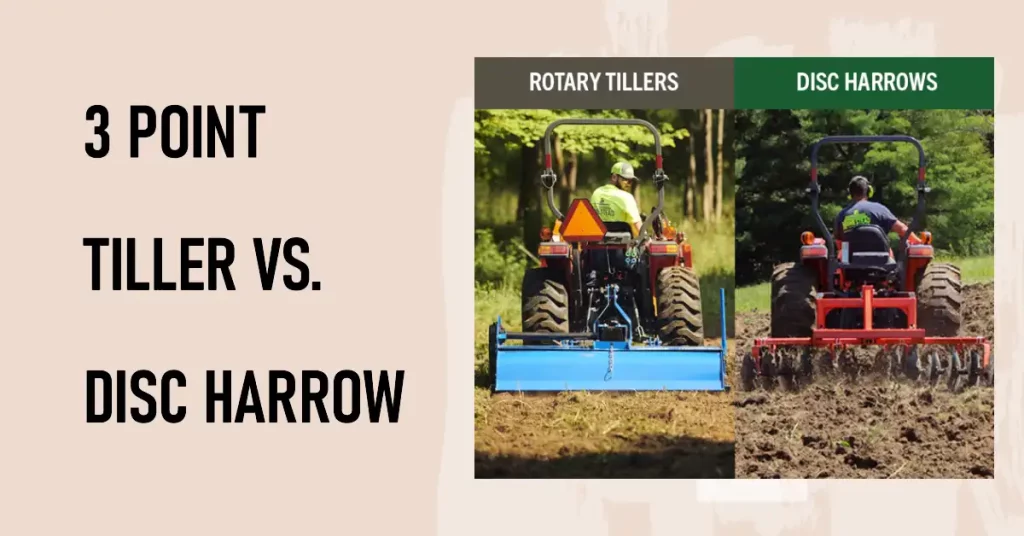
Introduction
When it comes to preparing the soil for planting, farmers have a wide range of options. Two of the most popular choices are the 3 point tiller and the disc harrow. But which one is the best fit for your specific needs? In this article, we’ll take a closer look at the differences between these two essential pieces of farm equipment and provide some guidance on how to make the right choice for your farm.
| Key Points | 3 Point Tiller | Disc Harrow |
|---|---|---|
| Definition | A tractor attachment that uses rotating tines to break up and mix soil. | A tractor attachment consisting of multiple steel discs arranged on a horizontal axis to break up soil. |
| Soil Preparation | Creates a fine, consistent seedbed and effective in breaking up compacted soil. | Efficient at breaking up large clods and leveling the soil. |
| Crop Residue Management | Mixes crop residue and organic matter into the soil effectively. | Leaves more residue on the surface, which can be advantageous for erosion control. |
| Maintenance and Operating Costs | Higher due to tine wear and fuel consumption. | Lower maintenance costs and less fuel consumption. |
| Maneuverability | Works well in small spaces and around obstacles. | Can be difficult to maneuver in tight spaces. |
| Factors to Consider When Choosing | Soil type, farm size, crop type, and budget. | Soil type, farm size, crop type, and budget. |
| Example Models (Victory Tractor Implements) | HRT-60 Rotary Tiller, HRT-70 Rotary Tiller, HRT-80 Rotary Tiller | N/A |
What is a 3 point tiller?
A 3 point tiller is a tractor attachment that uses rotating tines to break up and mix soil. It’s typically connected to the tractor’s 3-point hitch and powered by the tractor’s power take-off (PTO).
Pros of a 3 point tiller
Creates a fine, consistent seedbed
Mixes crop residue and organic matter into the soil
Effective in breaking up compacted soil
Works well in small spaces and around obstacles
Cons of a 3 point tiller
May require multiple passes for proper soil preparation
Can be more expensive to maintain due to tine wear
Higher fuel consumption compared to a disc harrow
What is a Disc Harrow?
A disc harrow is a tractor attachment consisting of multiple steel discs arranged on a horizontal axis. These discs cut into the soil, breaking up clods and mixing in crop residue.
Pros of a Disc Harrow
Efficient at breaking up large clods and leveling the soil
Can handle larger areas in a shorter amount of time
Lower maintenance costs compared to a 3 point tiller
Less fuel consumption than a 3 point tiller
Cons of a Disc Harrow
May not create as fine a seedbed as a 3 point tiller
Not as effective in mixing crop residue and organic matter into the soil
Can be difficult to maneuver in tight spaces
Comparing 3 point tiller and Disc Harrow
Soil Preparation
While both 3 point tillers and disc harrows are effective for soil preparation, they have different strengths. A 3 point tiller is better suited for creating a fine, consistent seedbed, while a disc harrow excels at breaking up large clods and leveling the soil.
Crop Residue Management
When it comes to managing crop residue, 3 point tillers generally do a better job of mixing organic matter into the soil. Disc harrows, on the other hand, tend to leave more residue on the surface, which can be advantageous for erosion control but may not be ideal for all crops.
Maintenance and Operating Costs
Disc harrows generally have lower maintenance costs and consume less fuel than 3 point tillers. However, if your primary goal is to create a fine seedbed, the additional operating costs associated with a 3 point tiller may be worth the investment.
Factors to Consider When Choosing
When deciding between a 3 point tiller and a disc harrow, it’s essential to consider the following factors:
Soil Type
Different soil types may respond better to one implement over the other. For example, a 3 point tiller may be better suited for breaking up compacted clay soils, while a disc harrow may work better in sandy or loamy soils.
Farm Size
For larger farms, a disc harrow may be more efficient due to its ability to cover a larger area in less time. However, if your farm has small fields or numerous obstacles, a 3 point tiller may be the better option.
Crop Type
Consider the specific needs of the crops you plan to grow. Some crops may require a finer seedbed, making a 3 point tiller the better choice, while others may be less sensitive to soil preparation and could benefit from the quicker and lower-cost operation of a disc harrow.
Budget
Budget constraints may also play a role in your decision. While the initial cost of a 3 point tiller can be higher than a disc harrow, it’s essential to consider long-term maintenance and operating costs when making your choice.
Discover the impressive range of 3-point tillers offered by Victory Tractor Implements. These high-quality tillers are designed to provide efficient soil preparation and are perfect for various agricultural tasks. The range includes three outstanding models:
HRT-60 Rotary Tiller: This 60-inch tiller is ideal for smaller tractors and is perfect for preparing your garden or small farm. Its robust design ensures reliability and efficiency.
HRT-70 Rotary Tiller: The HRT-70 model offers a 70-inch working width, providing greater coverage and faster soil preparation. This tiller is suitable for medium-sized tractors and is built to last.
HRT-80 Rotary Tiller: The largest of the three models, the HRT-80 boasts an 80-inch working width, making it perfect for larger tractors and more extensive farming operations. Its heavy-duty construction ensures durability and top-notch performance.
Invest in a Victory Tractor Implements 3-point tiller and experience the difference that quality and performance can make on your farm or garden.
Conclusion
Ultimately, the choice between a 3 point tiller and a disc harrow will depend on your specific needs, farm size, soil type, and budget. By carefully evaluating these factors, you can make an informed decision and choose the right implement for your farm.
FAQs
Can I use both a 3 point tiller and a disc harrow on my farm?
Yes, many farmers use both implements, depending on the specific requirements of their fields and crops.
How often should I replace the tines on my 3 point tiller?
Tine wear will vary based on factors such as soil type and tiller usage. Inspect your tines regularly and replace them when they become worn or damaged to maintain optimal performance.
How deep should I set my disc harrow?
The optimal depth will depend on your soil type, crop requirements, and the specific model of disc harrow you are using. Consult your disc harrow’s manual for guidance on setting the proper depth.
What is the main difference between a 3 point tiller and a disc harrow?
The primary difference is in how they prepare the soil. A 3 point tiller creates a finer, more consistent seedbed, while a disc harrow is better for breaking up large clods and leveling the soil. They also differ in terms of crop residue management and operating costs.
Do I need to add weight to my disc harrow?
Adding weight to your disc harrow can improve its penetration and performance in hard or compacted soil. However, the amount of weight needed will depend on your soil type, the specific model of disc harrow, and the desired depth. Consult your disc harrow’s manual for guidance on proper weight adjustments.
How do I know when to use a 3 point tiller or a disc harrow?
Consider factors such as soil type, farm size, crop requirements, and your budget. For example, if you have a small farm with compacted clay soil and require a fine seedbed for your crop, a 3 point tiller might be more appropriate. On the other hand, if you have a larger farm with sandy or loamy soil and need to manage crop residue, a disc harrow could be the better choice.
Can I use a 3 point tiller for weed control?
Yes, using a 3 point tiller can help control weeds by uprooting and burying them in the soil. However, depending on the weed species and your specific crop requirements, other weed management methods such as hand-weeding, mowing, or chemical control might be more effective.
Do I need a specific tractor size or horsepower to operate a 3 point tiller or a disc harrow?
The tractor size and horsepower requirements will depend on the specific model of 3 point tiller or disc harrow you are using. Always consult the implement’s manual or the manufacturer for guidance on the appropriate tractor size and horsepower needed to operate your chosen implement effectively and safely.

Victory Tractor Implements is proud to offer a wide range of products including flail mowers, wood chippers, rotary tillers, and backhoes, all designed to be connected directly to your tractor’s PTO for maximum efficiency and performance. In addition, we also offer winter equipment such as snow plows and snow blowers, designed for use with skid steers.
We source all of our equipment directly from the manufacturer and pass the savings on to our customers. As always, the team is standing by to answer any questions to assist with your decision. Victory support can be reached directly at (562) 534-8182 or sales@etractorimplements.com
